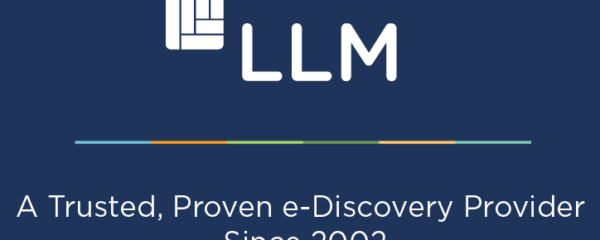In our previous post, we discussed why Judge Andrew Peck’s decision to endorse predictive coding in Da Silva Moore was a golden opportunity for the technology, although not without flaw. Today, we’re going to examine at greater length why Judge Andrew Carter allowed the plaintiffs’ objections to the ruling to go forward.
As outlined in the ACEDS article, there were multiple reasons why the plaintiffs found fault with Judge Peck’s endorsement. In our post yesterday, we primarily focused upon the fact that Judge Peck’s written ruling was actually released after the plaintiffs were required to file their objection, therefore depriving them of the opportunity to comment on the complete rulings, and that the software which the defendants sought to use lacked sufficient controls for reliability and accuracy.
However, there are additional issues with Judge Peck’s endorsement that should not be ignored. In crafting his ruling, Judge Peck relied upon outside articles that were not in evidence. Furthermore, one of the articles in favor of predictive coding was a study by the Electronic Discovery Institute; obviously, the objectivity of said study is in question. Casting further doubt upon Judge Peck’s impartiality is the fact that he had also previously written in favor of the technology in 2011, voicing his strong support and stating that his opinion should guide counsel.
While the timing of the endorsement and the choice of software are both easy objections to deal with and do not cast much doubt upon Judge Peck’s motivations for ruling as he did, his neutrality on the issue is called into question based on his choice of supporting article and his well known personal stance on predictive coding. But, whether or not you agree with Judge Peck’s endorsement, his tireless work to advance the use of technology in the legal industry deserves respect.







3 Comments